Seasonal AC Preparation: Getting Ready for Winter
Winter AC Preparation: Essential Steps for Seasonal Maintenance

Are you ready for the winter chill? As the colder months approach, it's important to make sure your AC system is prepared for the switch from cooling to heating. Neglecting this could lead to costly repairs or a breakdown during the middle of winter. Don't wait until it's too late, follow these tips to get ready for the season ahead.
Why is Seasonal AC Preparation Important?
As the winter season approaches, it’s important to take the necessary steps to prepare your AC unit for the colder months ahead. Seasonal AC preparation is crucial for maintaining the performance and longevity of your unit. In this section, we will discuss the importance of seasonal AC preparation and its various benefits. From preventing costly repairs to increasing energy efficiency and extending the lifespan of your AC unit, we’ll cover all the reasons why this preparation is a must-do for any homeowner.
1. Prevents Costly Repairs
- Schedule regular professional maintenance to identify and address issues early and prevent costly repairs.
- Keep the outdoor unit clean to prevent debris buildup, which can lead to malfunctions and expensive repairs.
- Change air filters routinely to ensure efficient airflow and reduce strain on the system, saving you from expensive repairs.
- Invest in a programmable thermostat to optimize energy usage and minimize wear and tear on the AC unit, ultimately preventing costly repairs.
2. Increases Energy Efficiency
- Seal and insulate ducts to prevent air leaks, ensuring efficient airflow and increasing energy efficiency.
- Install a programmable thermostat to regulate temperature and optimize energy usage.
- Clean or replace air filters regularly to maintain smooth airflow, reduce energy consumption, and improve energy efficiency.
- Schedule professional maintenance to ensure the AC unit operates at peak efficiency and maximizes energy efficiency.
3. Extends the Lifespan of Your AC Unit
- Regular Maintenance: Conducting seasonal maintenance, such as cleaning or replacing air filters, and scheduling professional maintenance, ensures the efficient functioning of the AC unit and extends its lifespan.
- Avoiding Damage: Regular care prevents wear and tear, helping to extend the lifespan of your AC unit.
- Energy Efficiency: Proper maintenance enhances energy efficiency, reducing the strain on the system and prolonging its lifespan.
How to Prepare Your AC for Winter
As the colder months approach, it’s important to properly prepare your AC for the winter season. Neglecting to do so can lead to potential issues and costly repairs when you need your AC the most. In this section, we’ll discuss the essential steps for getting your AC ready for winter. From replacing air filters to scheduling professional maintenance, we’ll cover all the necessary tasks to ensure your AC is in top shape for the colder weather.
1. Clean or Replace Air Filters
- Inspect the air filters for dirt and debris.
- If the filters are dirty, clean reusable filters or replace disposable ones.
- For optimal AC performance, it is recommended to replace filters every 1-3 months.
Pro-tip: Set a monthly reminder to check and replace air filters, ensuring your AC runs efficiently all year round.
2. Check and Clean the Outdoor Unit
- Inspect the outdoor unit for debris and dirt accumulation.
- Clean the unit with a garden hose, removing leaves, grass, and other debris.
- Ensure the area surrounding the unit is clear and free from any obstructions.
- Trim back any foliage or vegetation around the unit to allow for proper airflow.
Did you know? Regular cleaning of the outdoor AC unit can improve its efficiency by up to 20%.
3. Inspect and Seal Air Ducts
- Inspect the air ducts for any signs of damage, such as holes, tears, or disconnected joints.
- Seal any leaks or gaps in the air ducts to prevent air loss and maintain energy efficiency.
- Utilize mastic sealant or metal tape to securely seal the seams and connections.
- Consider hiring a professional HVAC technician to conduct a comprehensive inspection and sealing of the air ducts.
4. Schedule Professional Maintenance
- Make sure to schedule professional maintenance at least once a year to ensure your AC unit is running efficiently.
What to Do if Your AC Needs Repairs?
As winter approaches, it's important to prepare your air conditioning unit to ensure optimal performance during the colder months. However, even with proper maintenance, AC units can still experience problems. In this section, we will discuss what to do if your AC needs repairs. We will cover the warning signs to look out for and the importance of contacting a professional HVAC technician for any necessary repairs. By being proactive and addressing issues early on, you can prevent potential AC breakdowns and keep your home comfortable all winter long.
1. Look for Warning Signs
- Be on the lookout for warning signs such as:
- Unusual noises or vibrations coming from the AC unit.
- Inconsistent cooling or frequent cycling.
- Visible leaks or moisture around the unit.
- Strange odors coming from the vents.
Make it a habit to regularly check for these warning signs to promptly address any AC issues and avoid the need for major repairs.
2. Contact a Professional HVAC Technician
- Research: Look for licensed and certified HVAC technicians in your area.
- Read Reviews: Check online reviews and ask for referrals from friends or family.
- Get Multiple Quotes: Obtain quotes from different professionals to compare prices and services.
- Verify Credentials: Ensure the technician has the necessary credentials and insurance.
- Ask Questions: Inquire about experience, warranties, and the repair process.
When seeking a professional HVAC technician, it is important to prioritize expertise and reliability to ensure optimal AC maintenance and repairs.
Tips for Maintaining Your AC Year-Round
As the seasons change, it's important to prepare your AC for the upcoming winter months. However, maintaining your AC should be a year-round task. In this section, we will discuss some useful tips for keeping your AC in top condition, regardless of the season. From regularly changing air filters to investing in a programmable thermostat, we'll cover all the necessary steps to ensure your AC runs smoothly and efficiently throughout the year.
1. Change Air Filters Regularly
- Follow the manufacturer's recommendations for how often to change your air filters.
- Inspect your filters monthly and replace them every 90 days, or more frequently if you have pets or allergies.
- For better air quality, consider using high-efficiency particulate air (HEPA) filters.
- Mark the dates for filter replacements on your calendar as a reminder.
2. Keep the Outdoor Unit Clean
- Remove debris: Make sure to clear away any leaves, twigs, or other debris that may have accumulated around the unit.
- Clean the unit: Use a vacuum or gentle spray to remove any dirt, dust, or grime from the exterior of the unit.
- Straighten fins: Carefully straighten any bent fins on the unit to ensure proper airflow and efficiency.
- Trim vegetation: Keep the area around the unit clear by trimming back any shrubs or plants that may obstruct it.
- Professional inspection: It is recommended to schedule an annual professional inspection and cleaning to maintain the unit's optimal performance.
3. Schedule Annual Maintenance
- Inspect the AC unit annually to ensure optimal performance and prevent potential breakdowns.
- Clean or replace air filters regularly, at least once a year, to maintain air quality and system efficiency.
- Check and clean the outdoor unit annually to remove dirt and debris that can impede airflow and efficiency.
- Have a professional HVAC technician perform annual maintenance to inspect, clean, and tune up the system.
4. Consider Investing in a Programmable Thermostat
- When considering home upgrades, don't overlook the benefits of investing in a programmable thermostat. Not only can it save you energy and money, but it also automatically adjusts the temperature based on your schedule.
- Do your research and compare different programmable thermostat options to find the one that best fits your needs and budget.
- For optimal functionality, consult with a professional HVAC technician to ensure proper installation and setup.
- Take full advantage of the programmable thermostat's features, such as setting different temperatures for different times of the day or week.
The body content of your post goes here. To edit this text, click on it and delete this default text and start typing your own or paste your own from a different source.
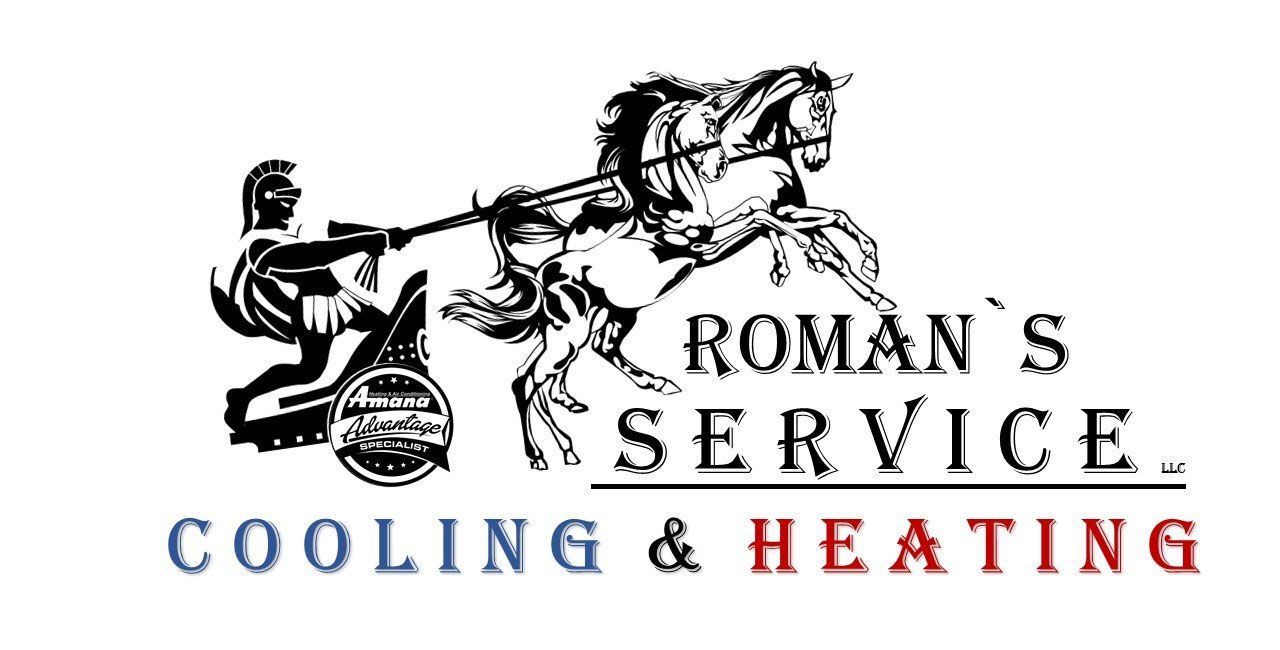
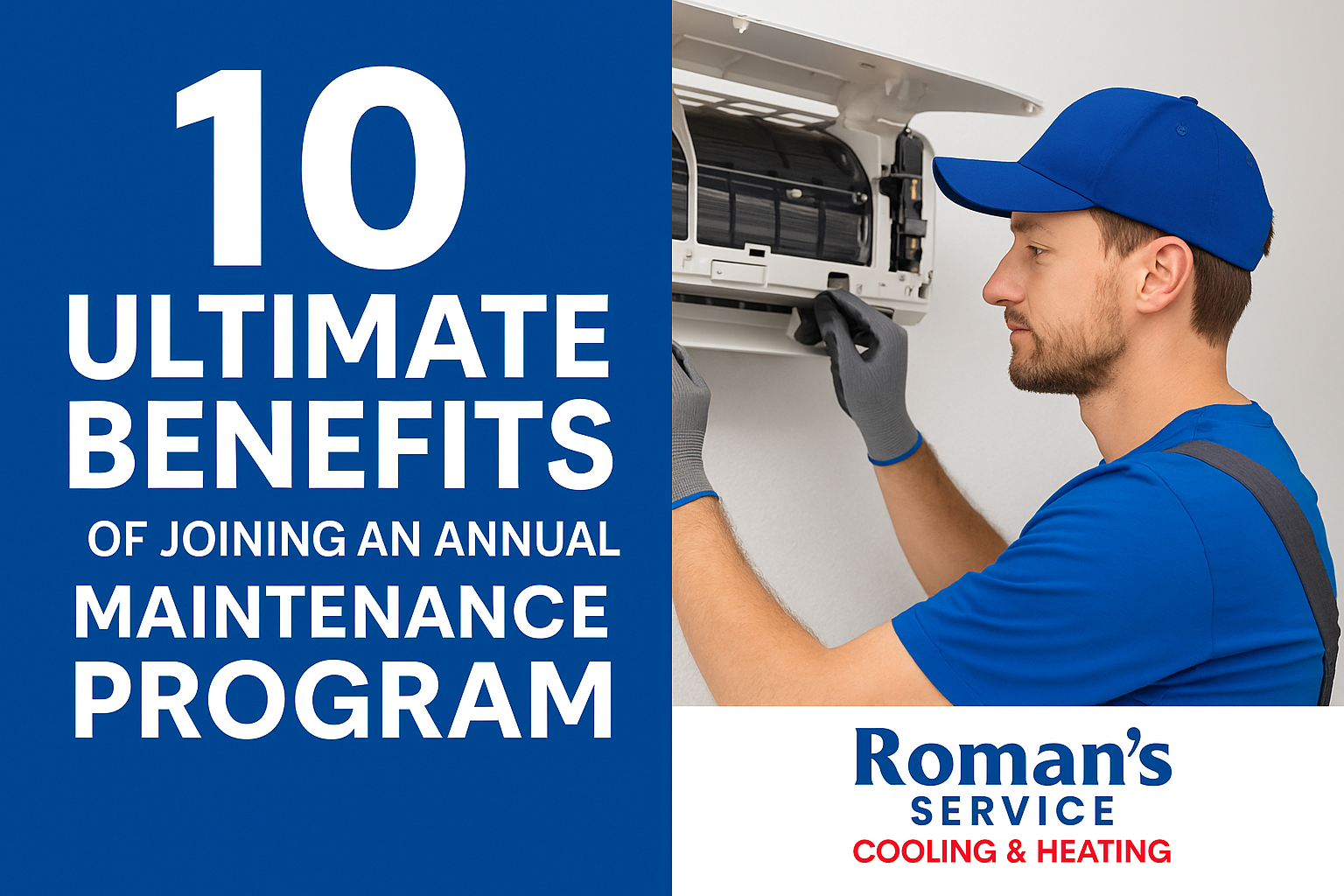
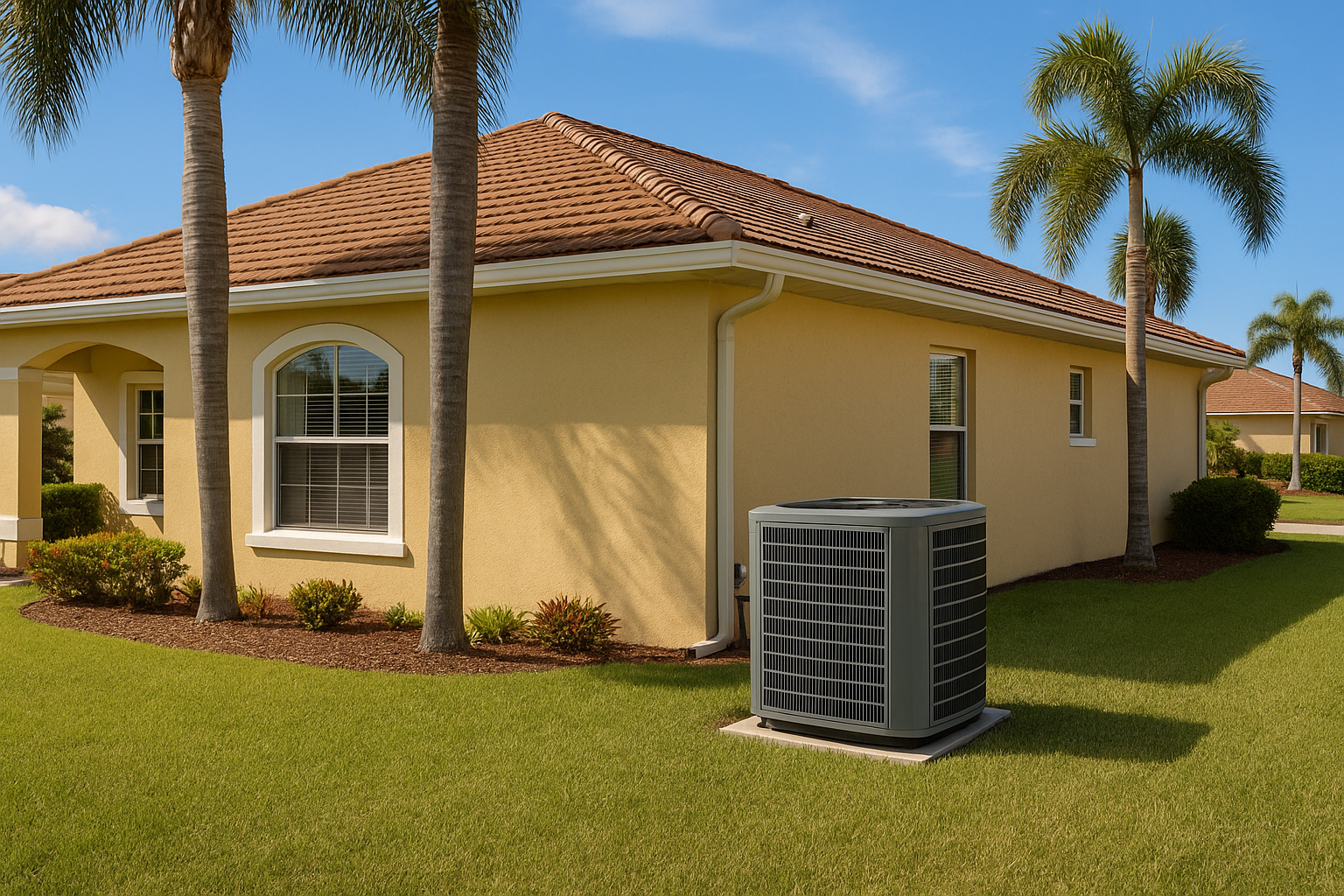


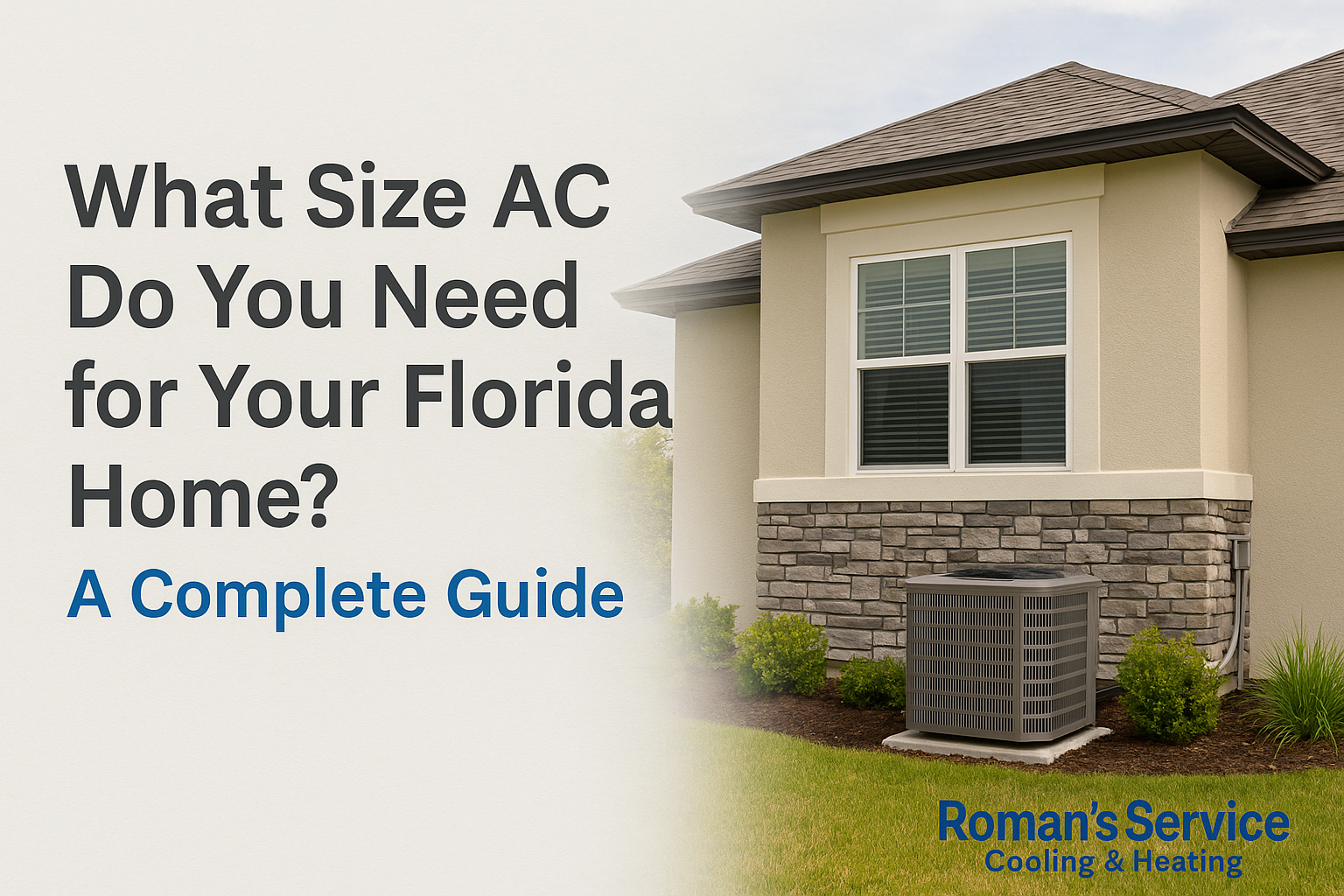
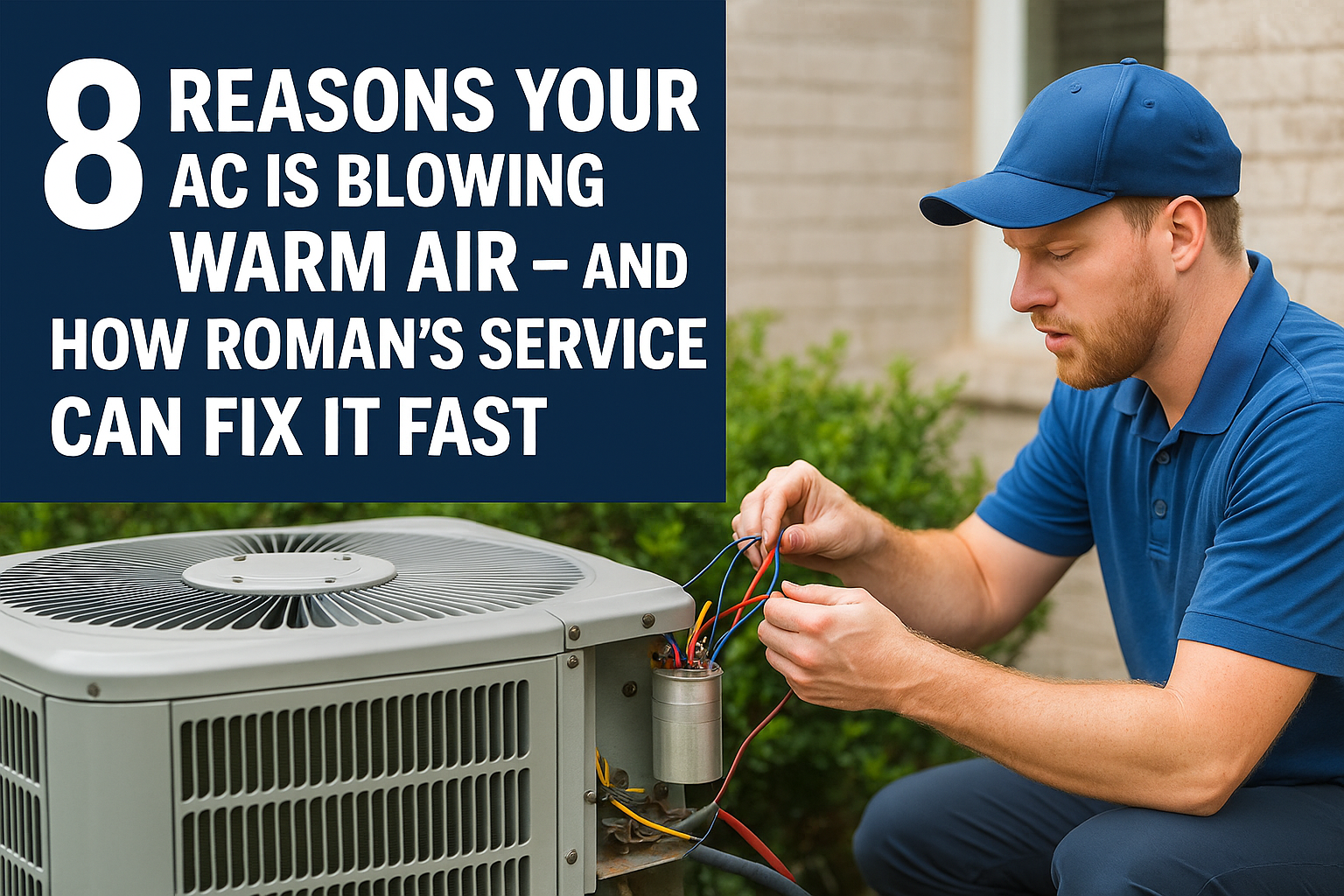
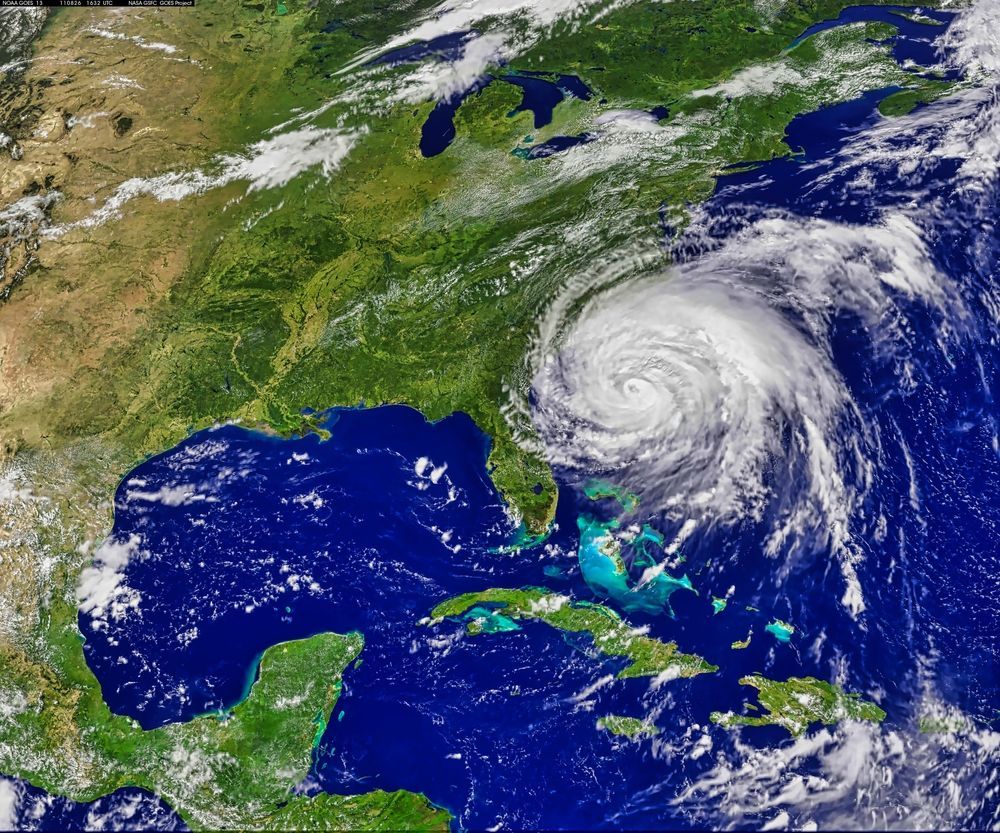
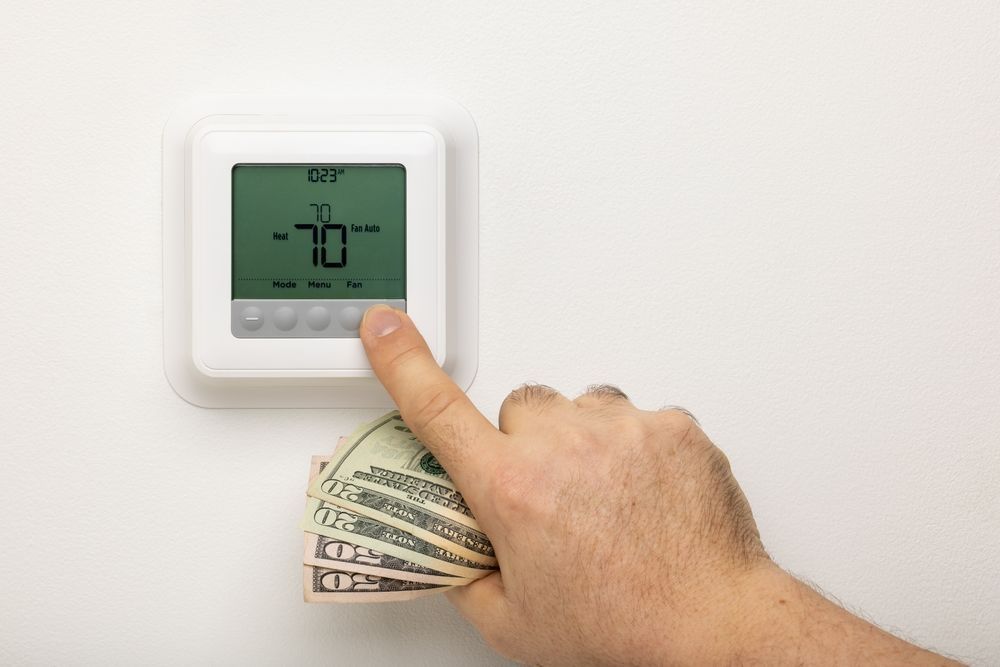
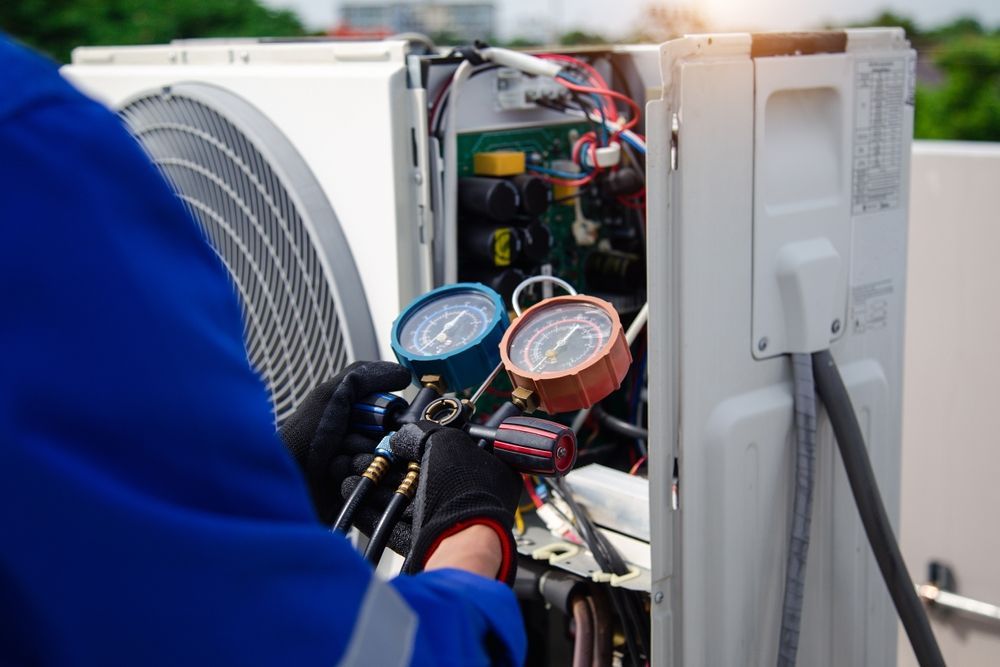
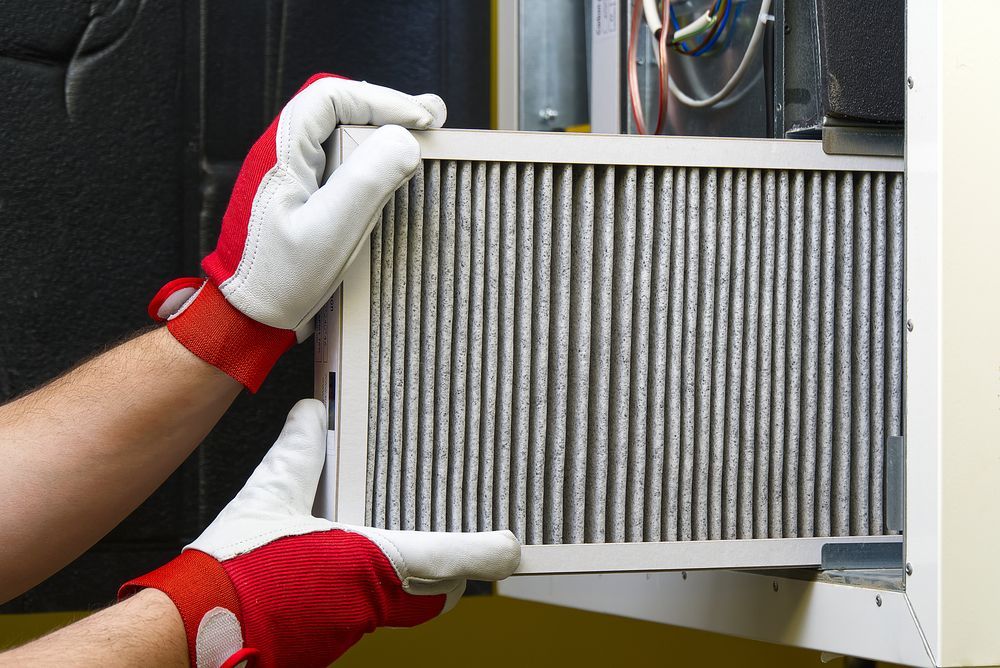
Share On: